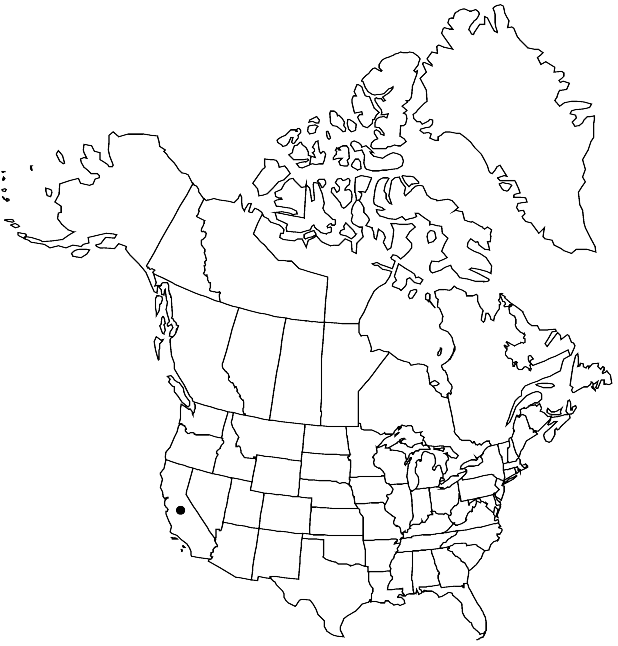Difference between revisions of "Caulanthus anceps"
Ann. Missouri Bot. Gard. 9: 303. 1923.
FNA>Volume Importer |
FNA>Volume Importer |
||
| Line 10: | Line 10: | ||
|name=Thelypodium lemmonii | |name=Thelypodium lemmonii | ||
|authority=Greene | |authority=Greene | ||
| + | |rank=species | ||
|publication_title=W. Amer. Sci. | |publication_title=W. Amer. Sci. | ||
|publication_place=3: 156. 1887 (as lemmoni), | |publication_place=3: 156. 1887 (as lemmoni), | ||
| Line 16: | Line 17: | ||
|name=Streptanthus anceps | |name=Streptanthus anceps | ||
|authority=(Payson) Hoover | |authority=(Payson) Hoover | ||
| + | |rank=species | ||
}} | }} | ||
|hierarchy=Brassicaceae;Brassicaceae tribe Thelypodieae;Caulanthus;Caulanthus anceps | |hierarchy=Brassicaceae;Brassicaceae tribe Thelypodieae;Caulanthus;Caulanthus anceps | ||
| Line 40: | Line 42: | ||
-->{{#Taxon: | -->{{#Taxon: | ||
name=Caulanthus anceps | name=Caulanthus anceps | ||
| − | |||
|authority=Payson | |authority=Payson | ||
|rank=species | |rank=species | ||
| Line 55: | Line 56: | ||
|publication year=1923 | |publication year=1923 | ||
|special status= | |special status= | ||
| − | |source xml=https://jpend@bitbucket.org/aafc-mbb/fna-data-curation.git/src/ | + | |source xml=https://jpend@bitbucket.org/aafc-mbb/fna-data-curation.git/src/f50eec43f223ca0e34566be0b046453a0960e173/coarse_grained_fna_xml/V7/V7_1163.xml |
|tribe=Brassicaceae tribe Thelypodieae | |tribe=Brassicaceae tribe Thelypodieae | ||
|genus=Caulanthus | |genus=Caulanthus | ||
Revision as of 22:12, 16 December 2019
Annuals; sparsely to densely hirsute. Stems erect, unbranched or branched distally (or, rarely, basally), 3.5–15 dm, at least sparsely hirsute basally. Basal leaves soon withered. Cauline leaves petiolate (median 0.4–3 cm); blade lanceolate to oblong, 1.5–9.5 cm × 3–30 mm (smaller distally), margins denticulate to subentire (proximal blade margins dentate). Racemes without a terminal cluster of sterile flowers, (considerably elongated in fruit). Fruiting pedicels ascending to strongly reflexed (slender or thickened), 3–10 mm. Flowers: sepals spreading, oblong, 3.5–5.5 × 1–1.7 mm; petals (spreading), white to lavender, 4–8 × 2–4 mm, not channeled or crisped, claw undifferentiated from blade; filaments (spreading), subequal, 3.5–5 mm; anthers narrowly oblong, equal, 1.5–2 mm, (coiled after dehiscence). Fruits erect or reflexed, (straight), terete, 3–6.7 cm × 1.2–2 mm; valves each with prominent midvein, (usually glabrous, rarely sparsely pubescent); ovules 40–54 per ovary; style (subconical or cylindrical), 1–4 mm; stigma subentire. Seeds (brown), 1.4–1.8 × 1–1.3 mm. 2n = 28.
Phenology: Flowering Mar–May.
Habitat: Grassy slopes, open flats, roadsides, fields, hillsides
Elevation: 300-1700 m
Discussion
Caulanthus anceps is distributed in Kern, Monterey, San Benito, San Luis Obispo, Santa Barbara, and Ventura counties.
Selected References
None.
